Located in the historic city of Jhansi, the Jhansi Fort stands as a powerful testament to India’s rich heritage, its courageous past, and its enduring legacy of resistance against colonial powers. Built in 1606, the fort is one of the oldest and most strategically significant structures in the region. Over the centuries, it has played a central role in India’s history, particularly during the 1857 Revolt, also known as the First War of Indian Independence.
This magnificent fortress, perched atop Bangra Hill, offers visitors not only a glimpse into the past but also a deeper understanding of the indomitable courage and resilience of its defenders, especially Rani Lakshmi Bai. As the queen who led Jhansi’s resistance against British colonial forces, she transformed the fort into the heart of India’s struggle for freedom. Today, visitors can explore the fort’s architectural brilliance, walk through its historical gates, visit sacred temples, and pay homage to the memories of the gallant heroes who fought in its defense.
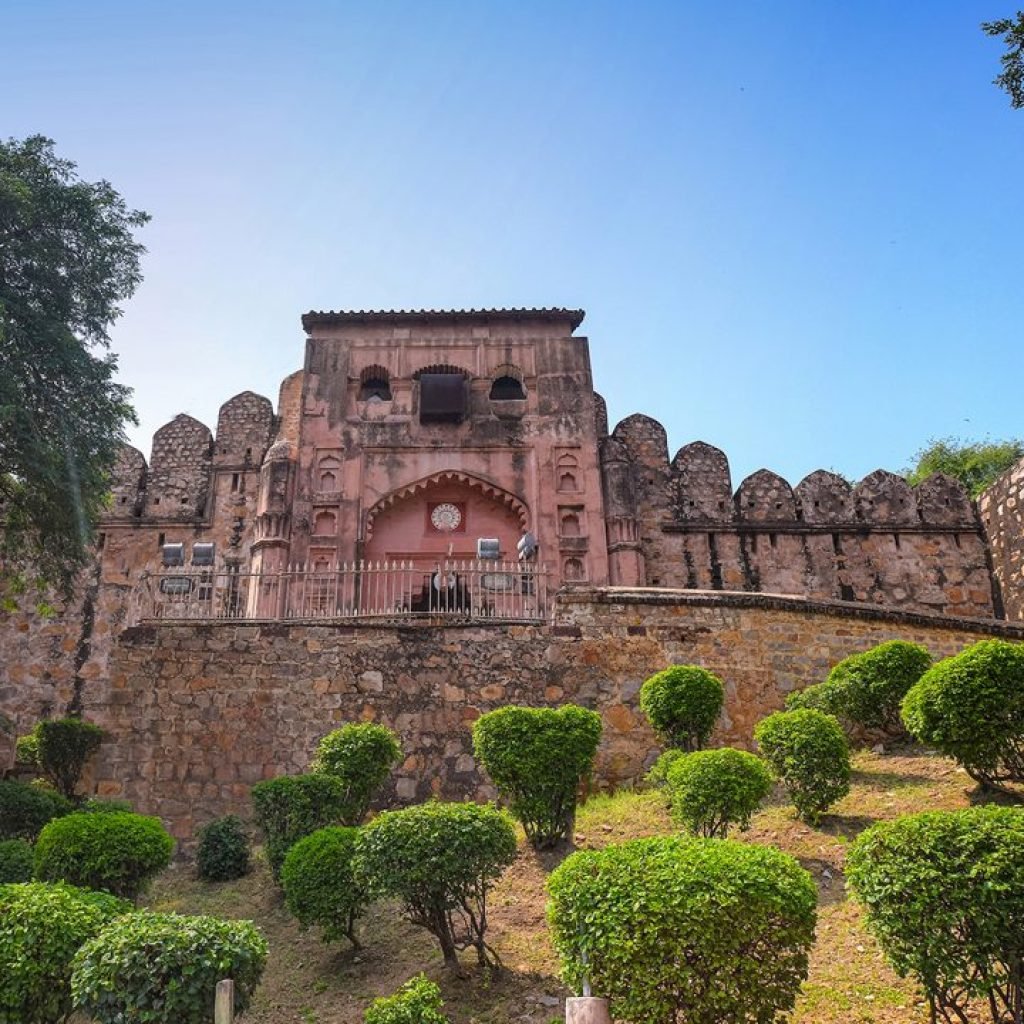
The Birth of Jhansi Fort: A Monument to Fortitude
The Jhansi Fort was constructed by Raja Bir Singh Ju Deo, a ruler of the Orchha dynasty, between 1606 and 1627. Built on the strategically chosen Bangra Hill, the fort’s location was meant to provide a natural defense. The hilltop offered a commanding view of the surrounding area, allowing the fort’s defenders to spot any potential threats from afar.
Designed with defense as its core objective, the fort was built using solid granite stone, with walls that range from 16 to 20 feet thick, ensuring the structure could withstand both natural calamities and enemy invasions. Over the centuries, various rulers, including the Karhade Brahmin kings, expanded and reinforced the fort, adding features that would enhance its role as a military stronghold. The fort’s architecture is a unique blend of North Indian and Bundelkhandi styles, with its towering walls, imposing gates, and intricate details giving the fort a distinct identity among India’s historical forts.
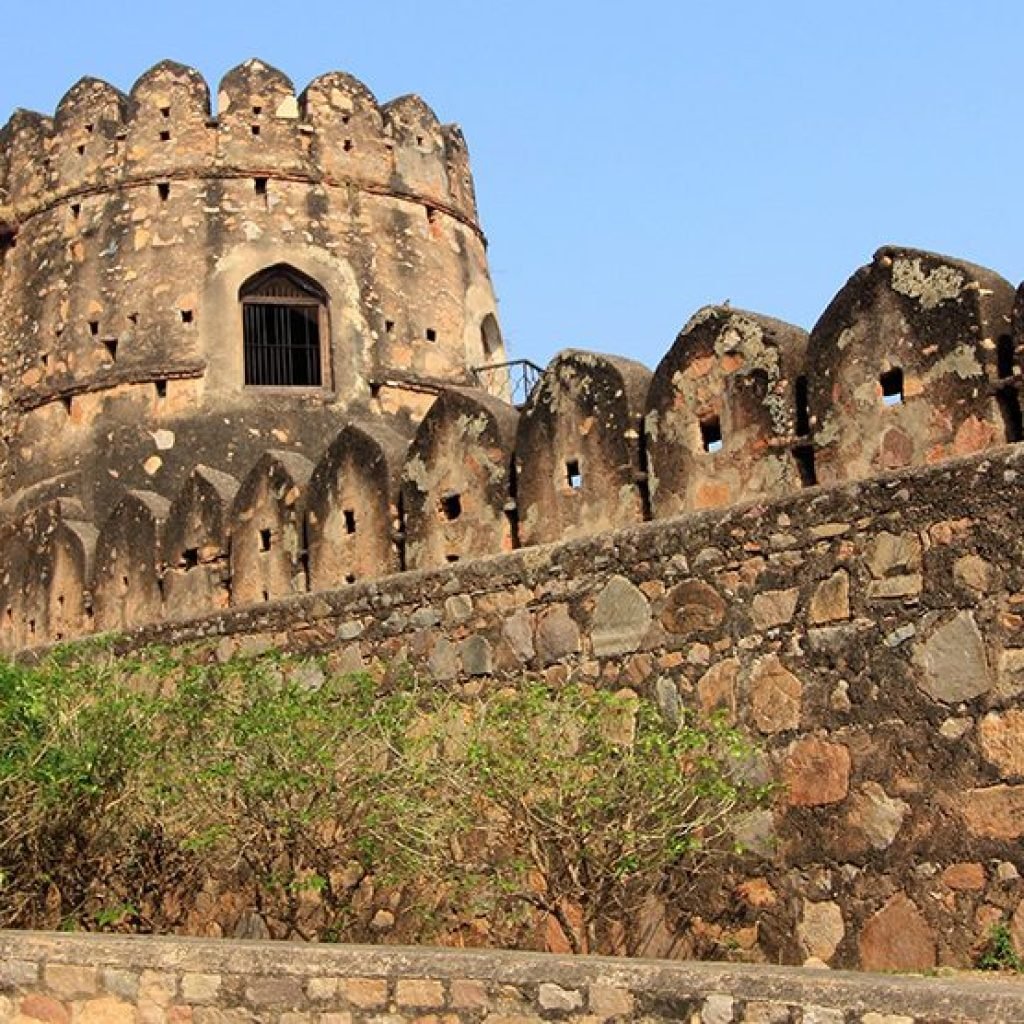
The Role of Jhansi Fort in the 1857 Revolt
The true significance of Jhansi Fort became evident during the 1857 Revolt against the British East India Company. The rebellion, which marked the first major effort to overthrow British rule in India, saw Rani Lakshmi Bai rise as one of its most iconic figures. After the death of her husband, Raja Gangadhar Rao, the British annexed the princely state of Jhansi under the Doctrine of Lapse, a policy which declared that the adopted heir of a ruler could not inherit the throne, thus depriving Lakshmi Bai of her rightful claim to the throne.
Determined to retain her kingdom and independence, Rani Lakshmi Bai took command of the fort, raising a formidable army to fight the British forces. Her leadership in the defense of Jhansi Fort was marked by bravery, strategic intelligence, and a sense of duty toward her people. The fort became the focal point of resistance during the siege by General Hugh Rose of the British army. Despite being heavily outnumbered and besieged for several months, Rani Lakshmi Bai held her ground and led her troops valiantly.
One of the most legendary episodes in the history of Jhansi Fort took place during the final stages of the siege. As the British forces closed in, Rani Lakshmi Bai made a daring escape on horseback from the fort’s walls to avoid capture. This courageous act has become a symbol of defiance and valor, and the fort’s memorial boards today commemorate this unforgettable moment of bravery.
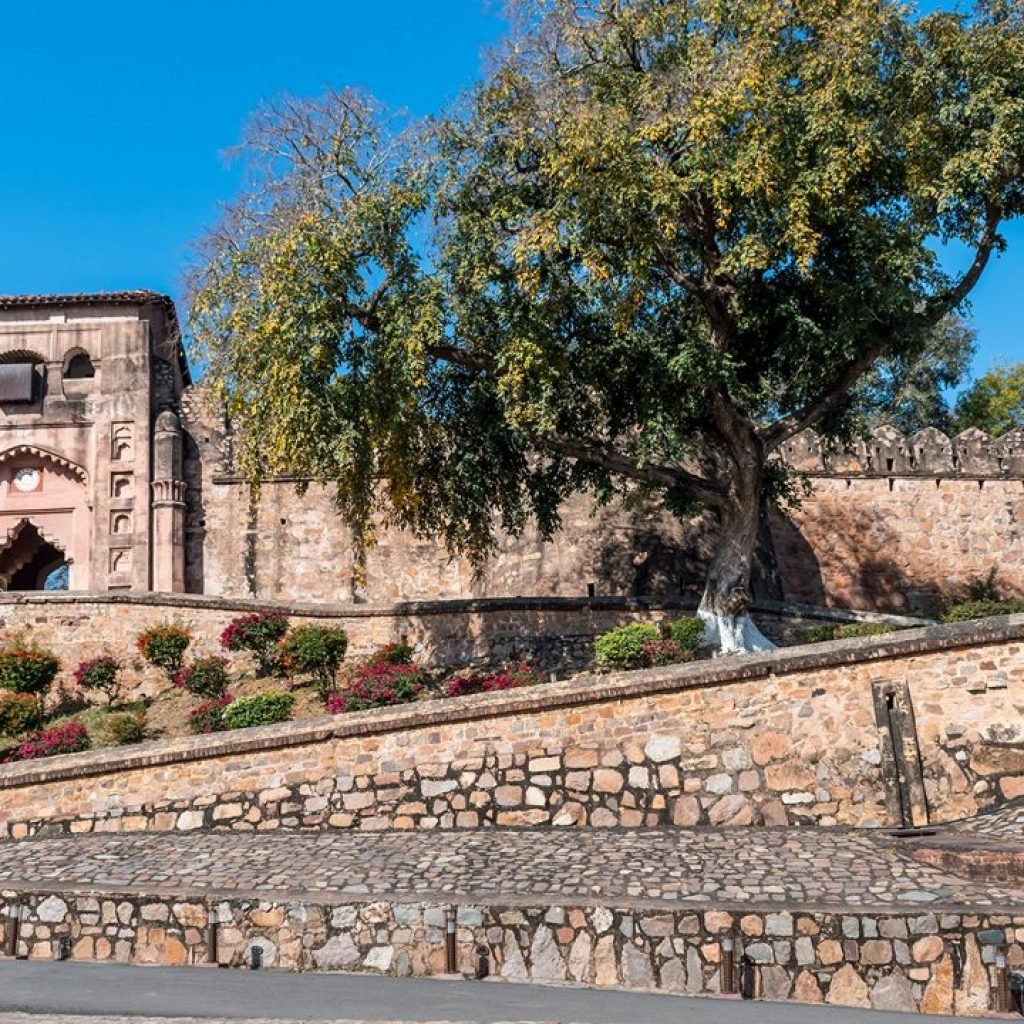
Exploring the Majestic Gates and Temples of Jhansi Fort
One of the most remarkable features of Jhansi Fort is its gates. The fort has 10 significant gates, each one of which tells a unique story of the fort’s military prowess. Among these are the Khanderao Gate, Unnao Gate, and Laxmi Gate, all of which played a role in defending the fort from invaders. The Unnao Gate, in particular, is where Rani Lakshmi Bai famously escaped during the 1857 Revolt, riding out of the fort on her horse Badal, a feat that has since been immortalized in Indian folklore.
Inside the fort, visitors can also explore sacred sites such as the Shiva Temple and the Ganesh Temple, both of which hold significant cultural and spiritual value. These temples are not only important religious sites but also add to the architectural diversity of the fort, showcasing intricate carvings and designs that reflect the craftsmanship of the time.
The Kadak Bijli Cannon, another key feature within the fort, is a symbol of the fort’s military history. It was used in the defense of Jhansi during the 1857 Revolt and remains a reminder of the bravery and resilience of the forces that fought for independence.
The Resilience of Rani Lakshmi Bai and the Lasting Legacy of Jhansi Fort
Rani Lakshmi Bai remains one of the most celebrated heroines of India’s freedom struggle. Her leadership during the siege of Jhansi and her escape from the fort cemented her place in history as a symbol of defiance against tyranny. Her story is deeply intertwined with Jhansi Fort, as it was here that she made her stand and led her people against colonial forces.
Following the fall of Jhansi in April 1858, when the British finally captured the fort, Rani Lakshmi Bai continued her fight for freedom in Gwalior, where she ultimately lost her life in battle. Yet, the story of Jhansi Fort and Rani Lakshmi Bai’s heroism lives on, inspiring generations of Indians who see in her the embodiment of courage, leadership, and determination.
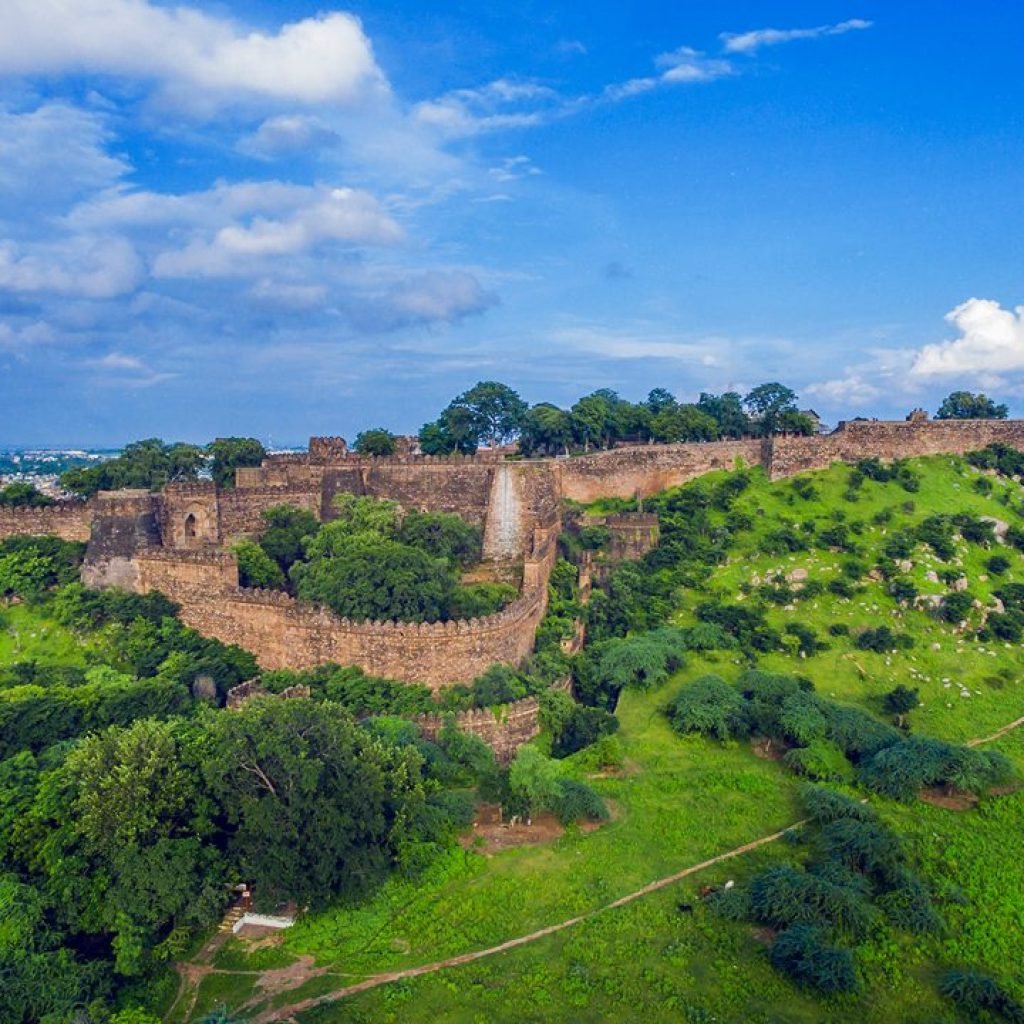
Visiting Jhansi Fort Today: A Journey into India’s Past
Today, Jhansi Fort remains a major tourist destination and a key cultural landmark. It offers a fascinating journey through India’s historical past, from its construction in 1606 to its pivotal role in the 1857 Revolt. Visitors to the fort can walk in the footsteps of the brave defenders who fought here, learn about the fort’s architecture, and explore its gates, temples, and memorials.
For history buffs and cultural explorers, Jhansi Fort offers an unparalleled opportunity to step back in time and connect with India’s rich legacy of valor and sacrifice. The fort’s well-preserved structures, combined with its breathtaking views of the surrounding area, make it a must-visit site for anyone traveling through Uttar Pradesh.
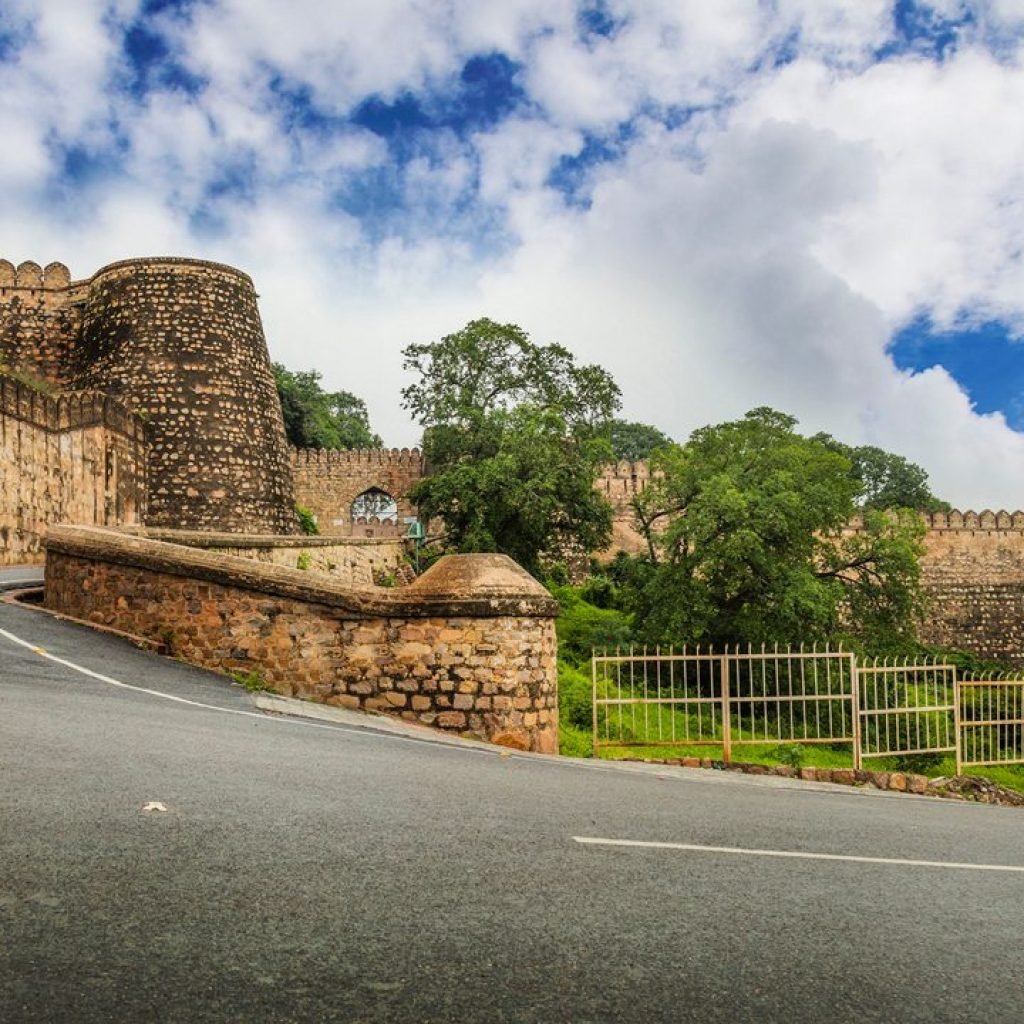
Conclusion: The Enduring Legacy of Jhansi Fort
Jhansi Fort stands not only as an architectural marvel but also as a living monument to the courage and resilience of Rani Lakshmi Bai and the people of Jhansi. Its role in the 1857 Revolt, its breathtaking gates and temples, and its historical significance make it a key site for anyone looking to understand India’s journey to freedom. As visitors walk through the gates of Jhansi Fort, they are not just exploring a monument; they are immersing themselves in the spirit of India’s struggle for independence, a spirit that continues to resonate to this day.

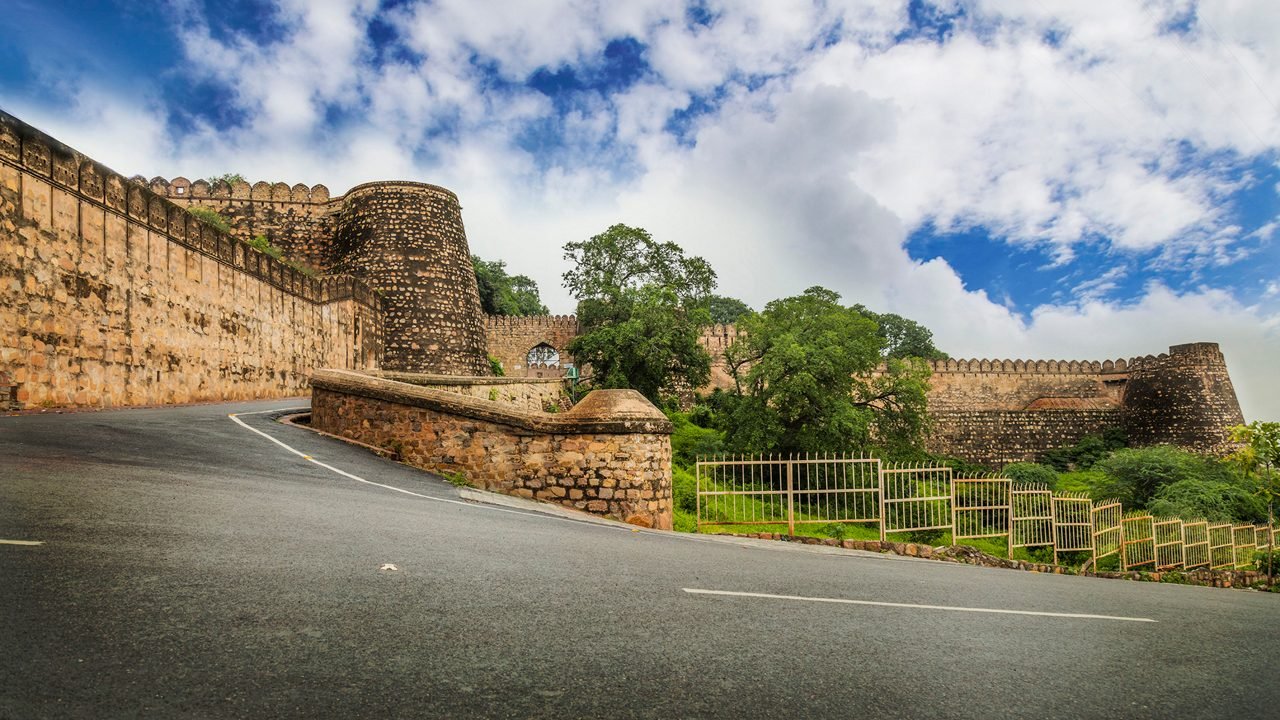
0 Comment